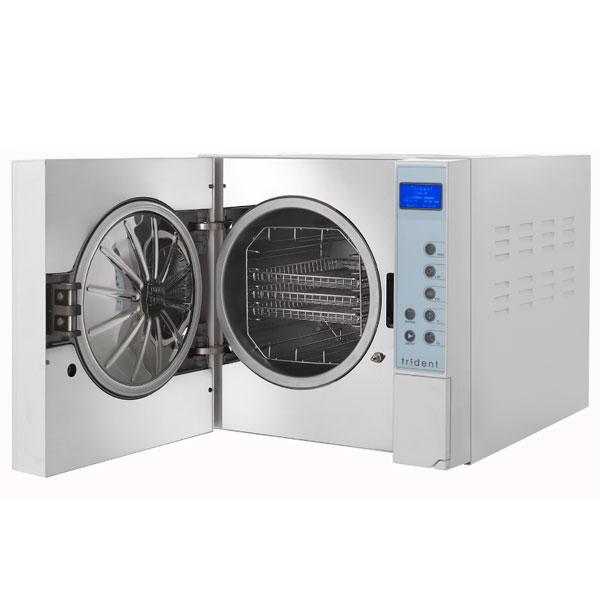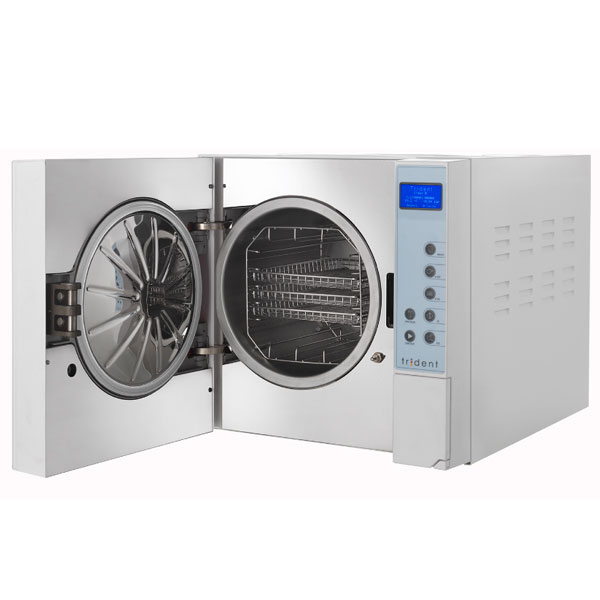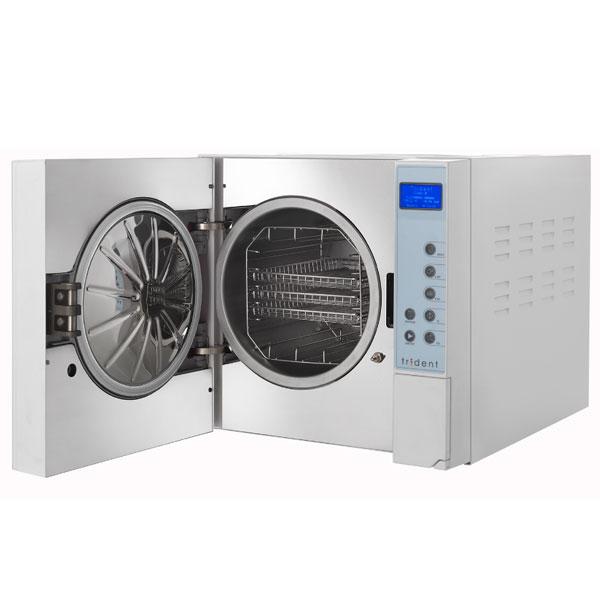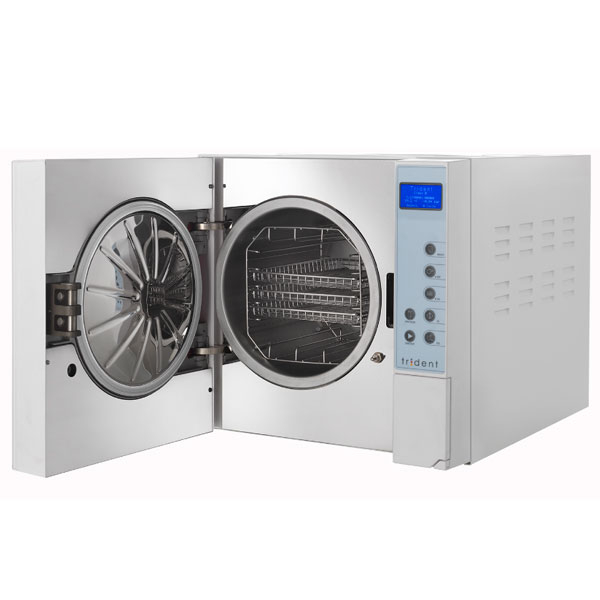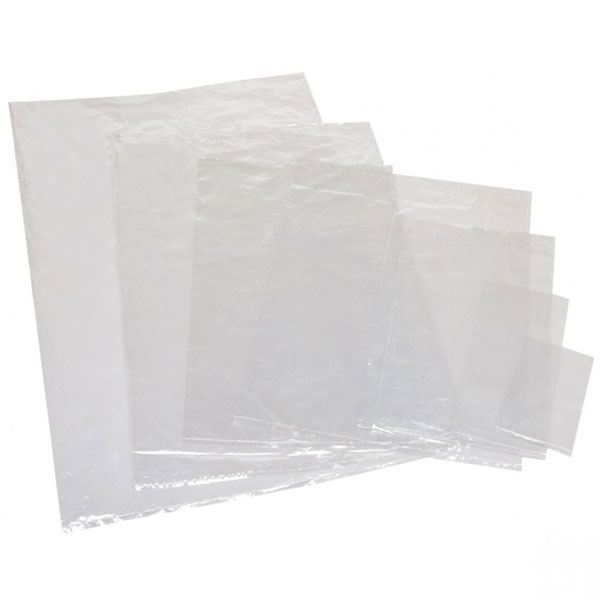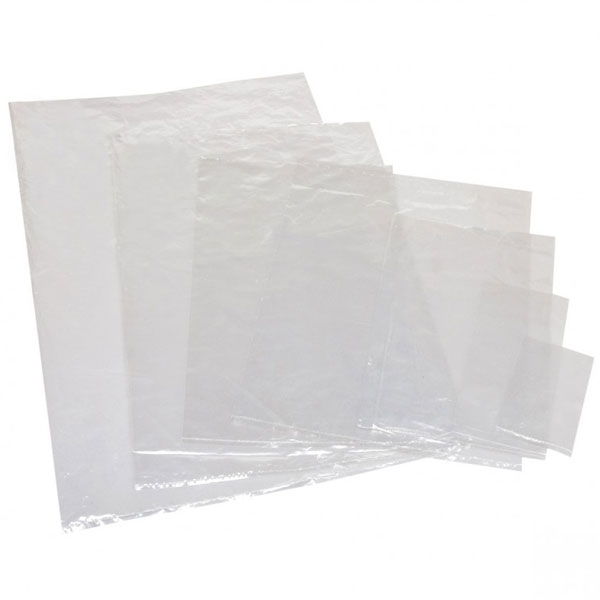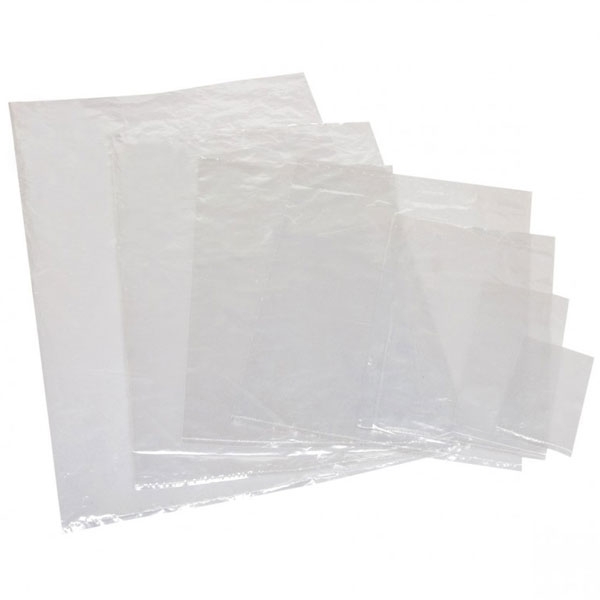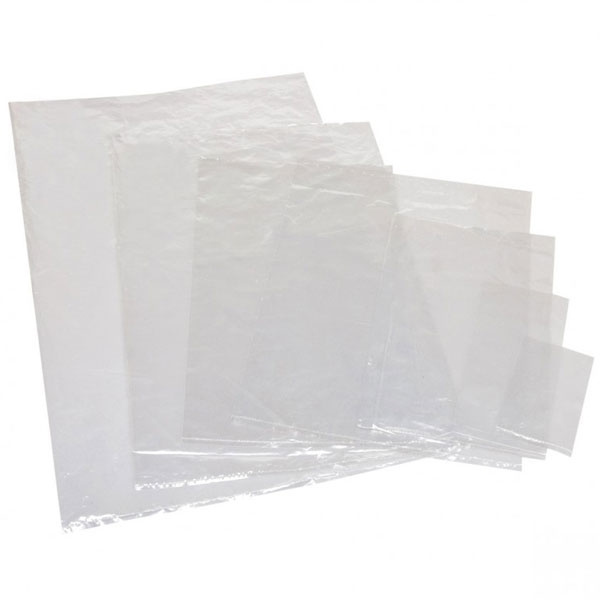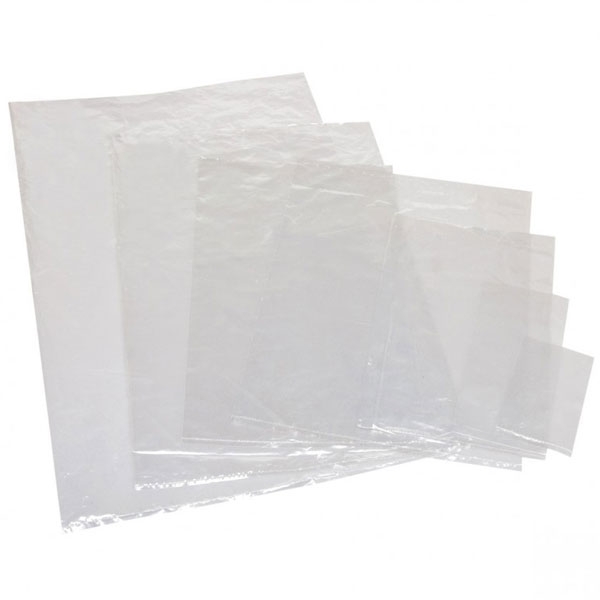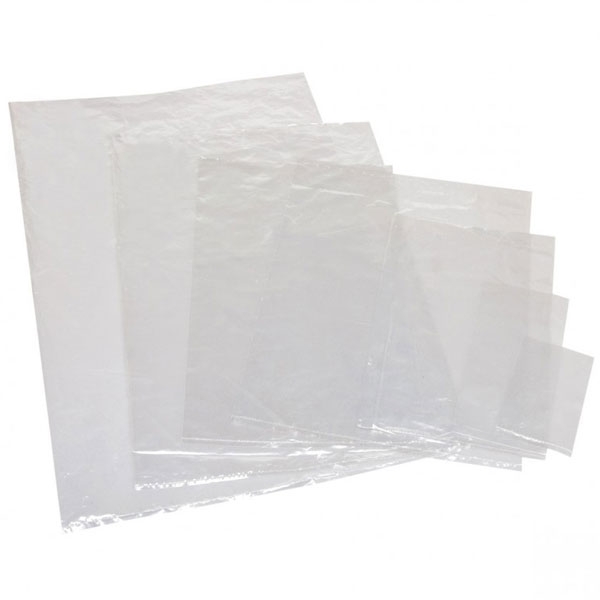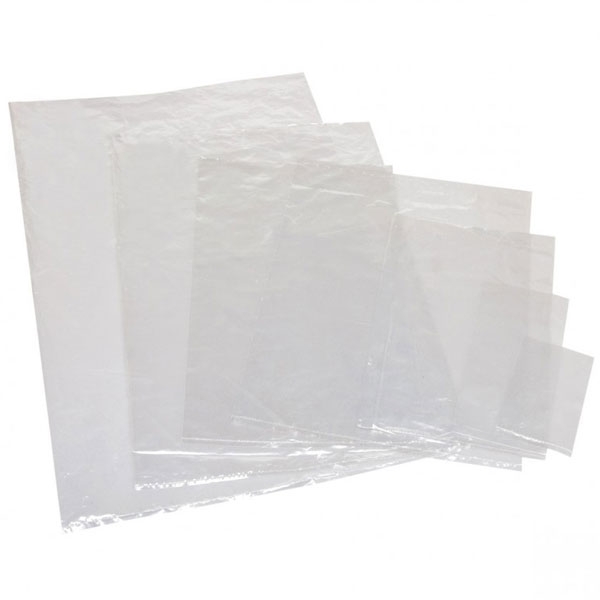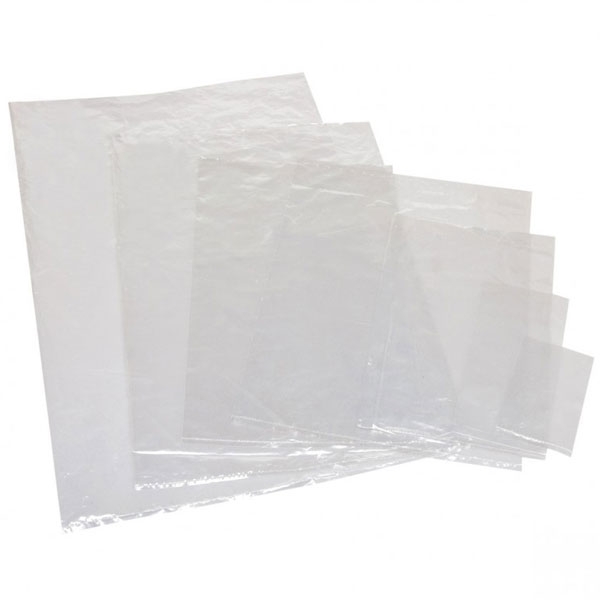Autoclave how it works
An autoclave is a special device capable of effectively sterilising both foodstuffs and equipment in use by professionals in any sector who need to use instruments that are always hygienic. Its invention dates back to 1879 and consists of a machine capable of subjecting any instrument contained within it to the pressure of saturated steam at 121 degrees centigrade - the cycle lasts about 15 or 20 minutes depending on the contents of the autoclave.
Here you can see a example of the best steam autoclaves sold by Colaver.
Autoclave applications
 Autoclave machines are widely used in various branches of medicine and surgery, but their uses are not limited to the medical field. Applications can be effectively used in the glass industry for the production of laboratory glass, and in the sterilisation of hospital and laboratory waste, especially that with a pathogenic risk.
Autoclave machines are widely used in various branches of medicine and surgery, but their uses are not limited to the medical field. Applications can be effectively used in the glass industry for the production of laboratory glass, and in the sterilisation of hospital and laboratory waste, especially that with a pathogenic risk.
Autoclaves for food sterilisation
.
Autoclaves are not only suitable for use in the medical industry but, thanks to their ability to sanitise and sterilise practically anything, they are also perfectly suited to other industrial uses, such as canning or the food industry in general. Those who produce preserves and handle easily perishable products such as fruit jams or tomatoes must necessarily use equipment that guarantees the perfect sterilisation of the containers in which the food is to be stored. Packaged foodstuffs in general, in order to be considered suitable for sale, must necessarily undergo the sterilisation process and the autoclave machine, properly installed in the industry's production cycle, makes the task easier and the product safer for the end consumer.
Autoclave for hospital sterilisation
.
To ensure proper protection against infection and the problems associated with incorrectly sterilised hospital instruments, the autoclave process is widely used in all state-of-the-art hospitals. To ensure that instruments and equipment in use by doctors and auxiliary staff are correctly sterilised, saturated steam is used, or ethylene oxide and hydrogen peroxide solutions with high bactericidal power.
Sterilitarisation with UV radiation: how is it possible?
Ultraviolet radiation, when used at the right wavelength, has a high germicidal power, modifying the dna or rna of microorganisms on the treated surface, preventing them from surviving and reproducing. The use of ultraviolet light as a mutagen employed in the sterilisation of a wide variety of instruments has been attested and documented for over a century.
UV germicidal lamp
There are various types of lamps on the market that deliver germicidal ultraviolet light and are often used to sterilise the tools and instruments used in beauty salons, where proper cleaning and hygiene of the instruments make all the difference and prevent infections and troublesome fungi.
Sterilitarisation of instruments
Dry sterilisation
Dry sterilisation is a procedure that is perfected by contacting the object to be treated with a source of hot air, which carries out an actual oxidation of the bacterial components present on the treated surface. There are specific ovens or the classic Pasteur oven to carry out this procedure. Dry sterilisation is perfected when a temperature of 160 to 180 degrees Centigrade is reached, kept constant for up to 240 minutes, depending on the object to be treated. This technique has almost completely been superseded by the use of more modern saturated steam techniques.
Surgical iron sterilisation
The sterilisation of surgical instruments in use by operating theatre staff is governed by specific regulations, which regulate the process and the various permitted methods. As this is a particularly delicate subject, hospital facilities tend to put into practice all the prescriptions contained in the regulations, in order to adopt the right measures to prevent the spread of pathogenesis linked to an incorrect sterilisation process of the irons.
Surgical iron sterilisation containers
Surgical instruments can be sterilised in various ways, all of which are fully regulated processes. The irons, depending on the sterilisation treatment they are to undergo, are placed in the appropriate containers and removed only once the process has been completed.
Surgical instruments sterilisation procedure
.
One of the most commonly practised sterilisation methods is by means of saturated steam fed through an autoclave machine and a solution of ethylene oxide or peracetic acid. The sterilisation procedures are then followed by a series of physical and chemical controls to check the quality of the process.



 Autoclave machines are widely used in various branches of medicine and surgery, but their uses are not limited to the medical field. Applications can be effectively used in the glass industry for the production of laboratory glass, and in the sterilisation of hospital and laboratory waste, especially that with a pathogenic risk.
Autoclave machines are widely used in various branches of medicine and surgery, but their uses are not limited to the medical field. Applications can be effectively used in the glass industry for the production of laboratory glass, and in the sterilisation of hospital and laboratory waste, especially that with a pathogenic risk.